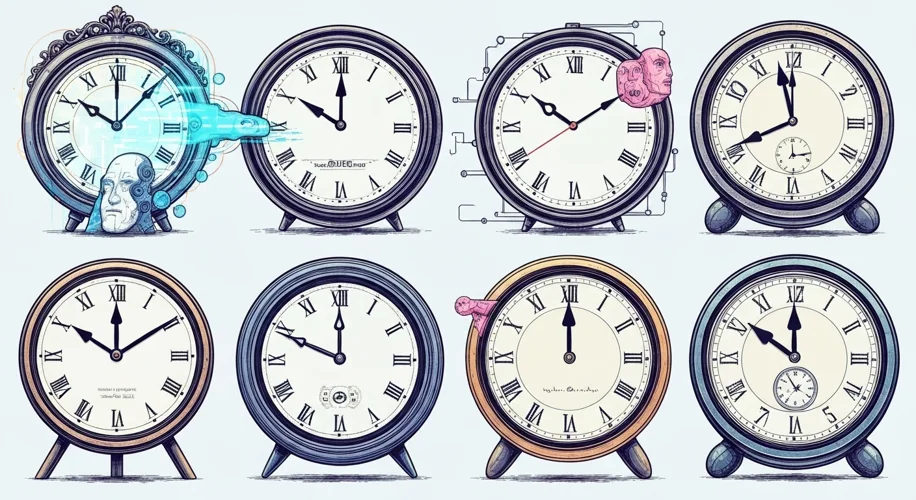You know, in my years in the tech industry, I’ve seen AI tackle some pretty complex problems. We’re talking about medical diagnoses, predicting market trends, even composing music. But there’s a whole other side to AI development – the surprisingly simple things that turn out to be incredibly difficult.
Take reading an analog clock. Seems easy enough for us humans, right? You look at the hands, you tell the time. But for an Artificial Intelligence, it’s a whole different ballgame. That’s where a fascinating project called ClockBench comes in.
ClockBench is essentially a benchmark, a way to test and measure how well AI models can perform a specific task. In this case, the task is reading analog clocks. Why is this important? Well, it offers a very concrete way to understand both the progress and the limitations of AI.
Think about it. An analog clock involves understanding spatial relationships (where the hands are pointing), interpreting angles, and knowing the convention that the longer hand is minutes and the shorter hand is hours. It’s a visual puzzle that we solve intuitively.
When AI models are trained, they often learn from vast amounts of data. But if that data is primarily digital – think text, code, or digital images of numbers – they might not get much exposure to the nuances of analog representations. This is where challenges can arise.
Researchers developing ClockBench found that even sophisticated AI models, the kind that can write poetry or generate complex images, often struggled with this seemingly basic task. They might misinterpret the position of the hands, especially for times like 3:30 where the hour hand is halfway between numbers. They might also be tripped up by different clock designs, fonts, or even shadows on the clock face.
What does this tell us? It highlights that AI’s capabilities are very task-specific. An AI that’s brilliant at language processing might be completely lost when faced with a visual task that requires a different kind of understanding. It also points to the importance of how AI is trained and tested. If we only train AI on digital data, it might struggle with the analog world we still live in – and that includes the millions of analog clocks still in use.
This isn’t just about telling time. It’s a microcosm of broader AI challenges. How do we ensure AI can understand and interact with the real, physical world, not just the digital one? How do we create training data that reflects the full spectrum of human experience and the objects we use every day?
ClockBench serves as a valuable tool for researchers. By providing a clear, measurable way to assess AI’s visual reasoning and its ability to handle analog information, it helps drive progress. It’s a reminder that while AI is advancing at an incredible pace, there are still fundamental areas where we need to deepen its understanding. It’s a subtle but important lesson: even the most advanced AI can be stumped by a simple clock.

